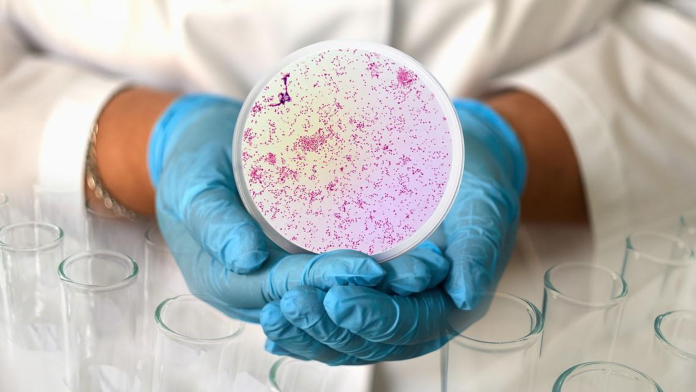Researchers revealed that artificial intelligence had designed two new potential antibiotics capable of killing drug-resistant strains of gonorrhoea and MRSA, the BBC reported.
The compounds, constructed atom-by-atom using AI, demonstrated effectiveness against these superbugs in both laboratory experiments and animal trials. Although it will take years of refinement and clinical trials to potentially prescribe the drug, the Massachusetts Institute of Technology (MIT) team behind the breakthrough suggests AI could herald a “second golden age” in antibiotic discovery.
This innovation addresses a critical global health challenge. Antibiotics combat bacterial infections, yet treatment-resistant strains now contribute to over one million deaths annually. Decades of antibiotic overuse have accelerated bacterial evolution, enabling them to evade existing drugs, whilst a persistent shortage of new antibiotics has worsened the crisis.
Previous AI applications screened known chemicals for antibiotic potential, but the MIT team employed generative AI to design entirely new compounds targeting the sexually transmitted infection gonorrhoea and methicillin-resistant Staphylococcus aureus (MRSA), bacteria typically harmless on skin but potentially deadly if entering the body.
The study, published in the journal Cell, analysed 36 million compounds, including hypothetical or undiscovered ones. Scientists trained the AI by inputting chemical structures of known compounds alongside data indicating their effectiveness at inhibiting bacterial growth across various species. The AI learned how different molecular structures, composed of atoms like carbon, oxygen, hydrogen, and nitrogen, impact bacteria.
The design process actively excluded structures resembling current antibiotics, filtered out components predicted to be toxic to humans, and avoided molecules resembling soap rather than medicines. After manufacturing the leading AI designs, scientists tested them on bacteria in the lab and on infected mice, yielding two promising new drug candidates.
“We’re excited because we show that generative AI can be used to design completely new antibiotics. AI can enable us to come up with molecules, cheaply and quickly and in this way, expand our arsenal, and really give us a leg up in the battle of our wits against the genes of superbugs,” Professor James Collins from MIT told the BBC.
However, significant hurdles remain, as the compounds are not ready for clinical trials and require an estimated one to two years of refinement before the lengthy human testing phase can commence. Manufacturing complexity is another barrier: only two of the top 80 theoretically designed gonorrhoea treatments could be synthesised into actual medicines.
Professor Chris Dowson of the University of Warwick acknowledged the study as “cool” and a “significant step forward,” but highlighted the underlying economic dilemma:
“How do you make drugs that have no commercial value?”
